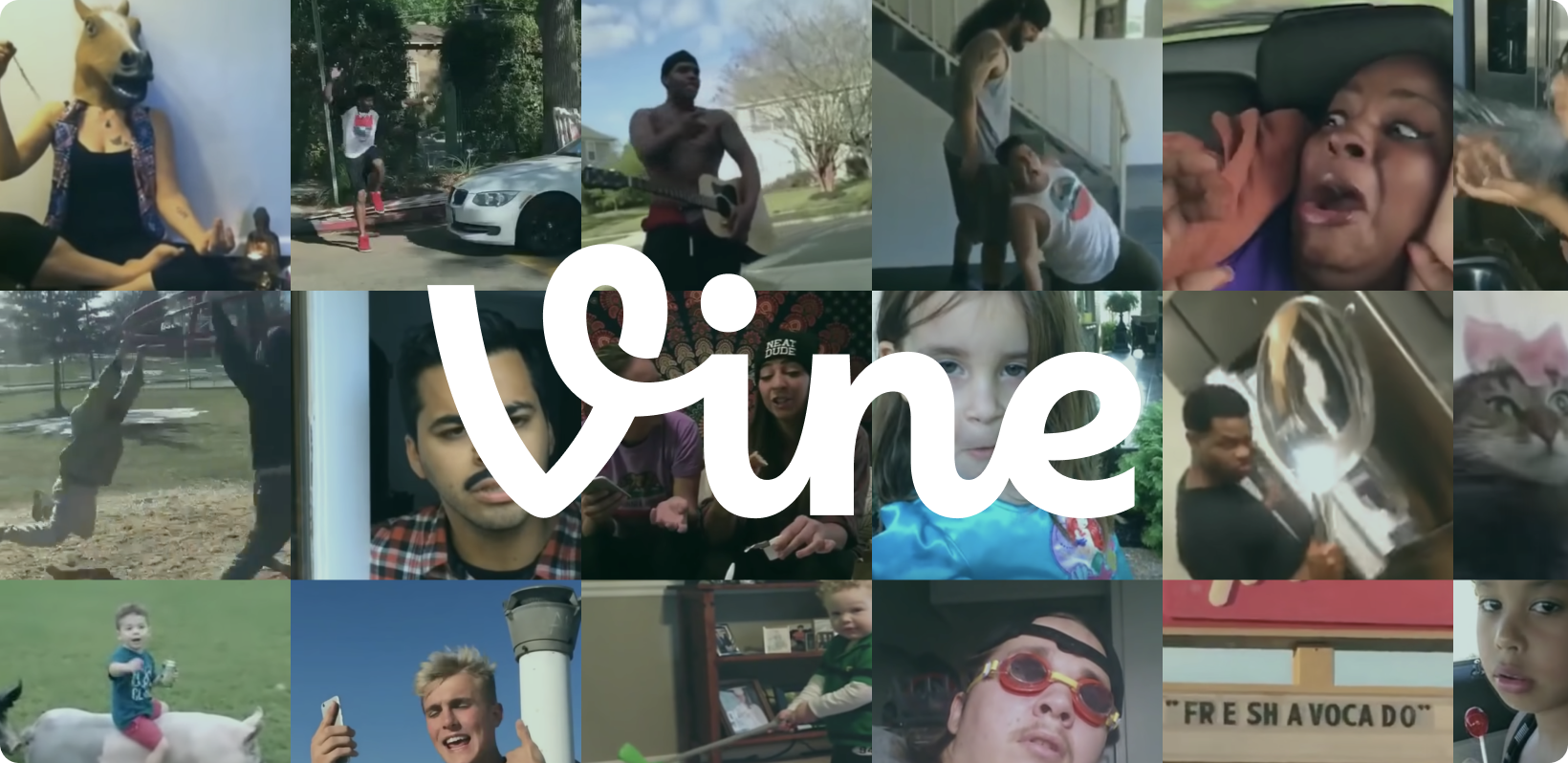Vine
Redefining the creative video experience
Back in the summer of 2012, we started a fun internal project (we do a lot of these) to experiment with consumer video technology. After we explored our first idea, the Pillar smart TV app, we realized we had only scratched the surface of possibilities.
There was one big opportunity that we couldn’t stop obsessing over: there weren’t yet any video-sharing platforms that had mastered speedy creation and consumption of mobile videos. Knowing there must be a better way, we jumped right into brainstorming, began building a prototype, and convinced all of our friends to be the guinea pigs of our new experiment.
As we worked on it further, we realized we were on to something really good. Our friends at Twitter thought so too, leading to an acquisition just a few months later.
- Product Innovation
- UX/UI Design
- Strategy
- Branding
- App Development
Product Design
The Vine Beta: Re-creating the video experience
Our first test of Vine was simply a touch-to-record camera tool with a single progress bar along the top of the screen. The video would auto-save to your camera roll. With the absence of a social feed, we sent A LOT of videos back and forth over text.
Once the core functionality had been developed, we designed an MVP and released it privately to our friends and family.
Our first test of Vine was simply a touch-to-record camera tool with a single progress bar along the top of the screen.
The video would auto-save to your camera roll. With the absence of a social feed, we sent A LOT of videos back and forth over text.
Testing Video Formats
After we built a quick tester, it was time to design. Our intention was not to create a new social network; we wanted to design a new way of making videos, focusing on artistic expression. We chose the name Vine to represent a series of videos growing, one after the next, in a row.
Once the core functionality had been developed, we designed an MVP and released it privately to our friends and family.
This gave us the opportunity to apply our learnings from the Beta, create a proper brand for the app, and design a UX for massive scale.
Branding
Creating Vine's visual identity
We kept the name Vine and the core structure of the word mark — with the loop in the V representing the looping video. We chose a green to help the app stand out and align with the name, naturally. We paired Helvetica with a bright color system and iconography style to keep the identity clean, minimal, creative, and playful.
Product Design, Pt. 2
Enter Vine.co
The primary Vine experience was on mobile, but we needed a way for desktop viewers to interact when Vines were shared on a computer. We also included basic search and browse functionality so people could watch at work (remember, this was 2013).
Collateral Design
Everyone loves some Swag
Results
A Huge Cultural Impact
Vine was super fun, super successful, and we all miss it very much. It had major impact on our culture: It was the first platform post-YouTube that people used to cultivate a following and fame.
Existing celebrities used the platform to share a different, quirkier side of themselves, and a bunch of new Vine-stars emerged. And it was a huge platform for people to share comedy, giving previously underrepresented groups a democratized platform to share their personal brand of humor.
